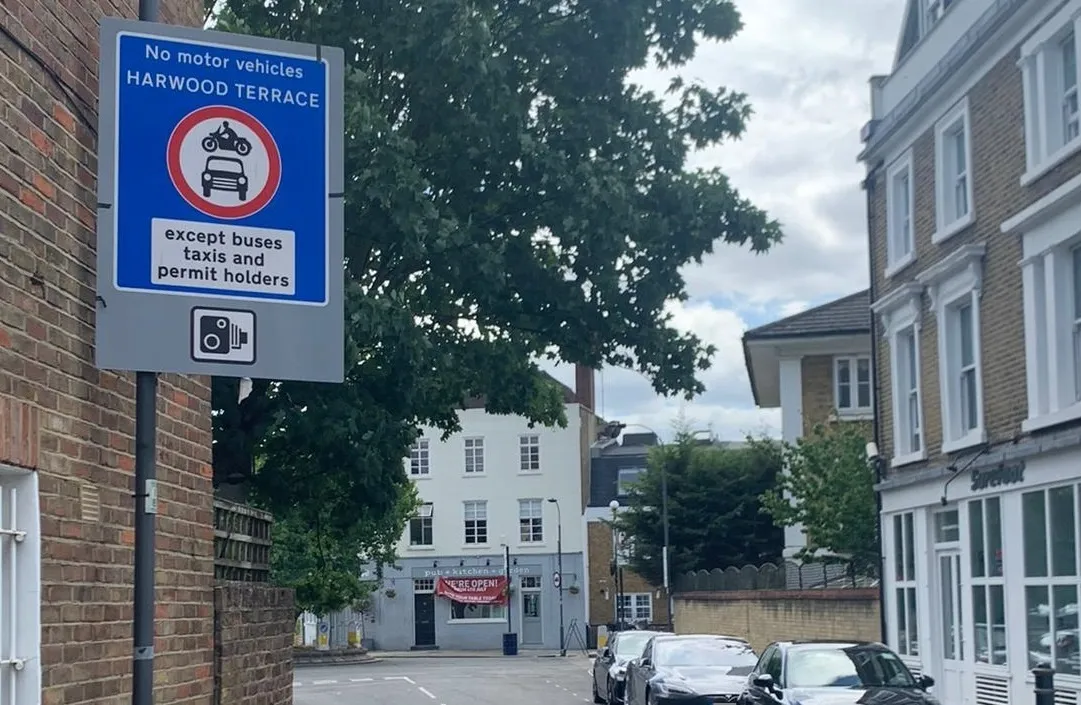
Videalert's CCTV enforcement cameras are being used to monitor temporary vehicle restriction zones in London.
Low traffic neighbourhood schemes have become prevalent in the UK capital, but the knock-on effect is of motorists 'rat ranning' through streets to avoid closures and restrictions.
In the London Borough of Hammersmith and Fulham, around 92% of traffic in the area came from people who live outside the borough, leading to a six-month trial closure of Harwood Terrace.
Now nine Videalert cameras are capturing the licence plates of motorists using this and several surrounding roads - and if they do not hold a valid Hammersmith and Fulham residents' parking permit, then fines are issued.
As well as reducing traffic and improving bus transit times, the council hopes the scheme will reduce noise, air pollution and vehicle emissions in line with its climate emergency strategy.
The ONVIF-compliant HD cameras capture high-quality images to minimise discard-rates and help reduce the number of appeals, Videalert says.
There is an ‘exempt list’ of permitted vehicles including buses, taxis, emergency services, refuse trucks and council service vehicles.
A similar scheme was introduced last year by London's Royal Borough of Kensington and Chelsea, utilising Videalert’s hosted digital video platform and cameras at five locations to enforce moving traffic offences such as no entry pedestrian zones, box junctions, banned turns and one-ways.
Elsewhere in the UK, Salford City Council last year installed Videalert CCTV enforcement cameras to capture vehicles parking on 'keep clear' markings outside schools when children are arriving at, and leaving, the premises.
In a three-year deal, cameras have initially been installed at four schools where irresponsible parking has been identified as a major safety risk - the first such roll-out in the Greater Manchester region, the company says.
Videalert's solution automates the capture of video evidence and number plates of vehicles stopping in keep clear zones without any manual intervention, using video analytics to only capture vehicles that actually commit an offence by being stationary in a defined ‘watch area’ and exceed the ’watch time’.







